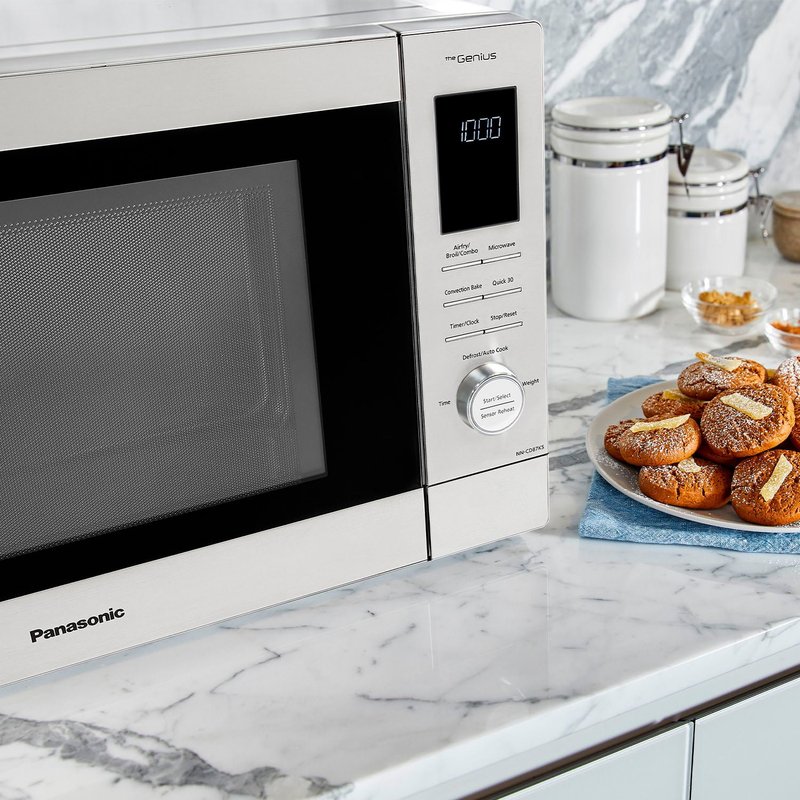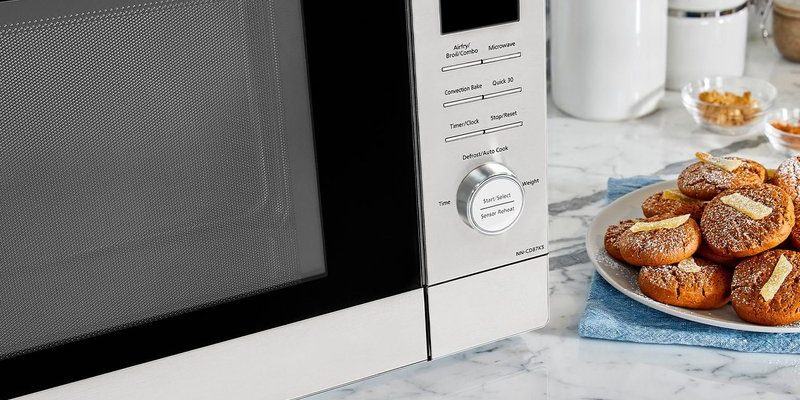
Ignoring error codes might seem tempting, especially when everything appears to be functioning well on the surface. But think of it this way: just because the microwave door closes doesn’t mean there’s not an underlying issue, much like how a leaky faucet might not stop working completely but still indicates a need for repair. Addressing the E3 error promptly could prevent larger issues down the line, saving you from potential headaches and costly repairs. So, let’s dive deeper to unravel this error code mystery.
Understanding the E3 Error Code
First things first, what exactly is the E3 error code trying to tell you? In Panasonic microwaves, this code generally indicates a problem with the microwave’s sensor. Typically, it could mean there’s a fault in the humidity or temperature sensors, which play a crucial role in the appliance’s cooking efficiency. Imagine trying to bake a cake without a timer or thermometer; that’s what your microwave is facing if its sensors aren’t working correctly.
Sensors in a microwave help in adjusting cooking times and power levels, ensuring your food is perfectly cooked. When these sensors fail, the microwave might overcook or undercook your meals, much like a malfunctioning thermostat can make a room unbearably hot or too cold. Ignoring this error means risking uneven cooking results, which may not only ruin your culinary creations but also compromise food safety.
Addressing this error might seem daunting, especially for beginners. But here’s the good news: sometimes, the E3 error isn’t as serious as it appears. It could be a temporary glitch—much like your computer freezes occasionally but works fine after a restart. However, if the error persists, it’s a signal that you should look into it more deeply, potentially involving professional help.
Causes Behind the E3 Error Code
So, what’s causing this pesky E3 error to pop up? A common cause is moisture buildup inside the microwave. Cooking or reheating food releases steam, much like boiling water in a pot. Over time, this steam can accumulate and affect the sensors, causing them to malfunction. Another possibility is a faulty sensor part, which, like any component, can wear out over time. It’s similar to how a worn-out light bulb might flicker before burning out completely.
Electrical issues might also be at play. Loose connections or short circuits within the microwave can trigger error codes. If you’ve ever wiggled a loose charger cable to make your phone charge, you might understand how these tiny electrical nuances can cause bigger problems. It’s crucial to ensure that all connections within the microwave are intact and functioning correctly.
Sometimes, an E3 error might be a result of software glitches within the appliance. Just like computers require the occasional reboot to fix software hiccups, your microwave might benefit from a reset. Disconnecting the device from power, waiting a few minutes, and plugging it back in can sometimes clear minor issues. But remember, if these steps don’t help, it’s time to dig deeper.
Steps to Fix the E3 Error Code
Now, let’s talk about fixing this error. Before you rush into action, remember that safety comes first. Always unplug the microwave before inspecting or repairing it to avoid any electrical hazards. Once you’re ready, the first step is to examine the microwave’s interior for any moisture. Wipe it down with a dry cloth, paying special attention to vents and other areas where steam might collect.
If that doesn’t resolve the issue, check the sensors. While it might seem daunting, inspecting your sensors isn’t too different from checking a burnt-out light bulb. Look for any visible signs of damage, such as rust or wear and tear. If you’re unsure, consulting a professional or the user manual can be incredibly helpful.
Lastly, if all else fails, a hard reset might do the trick. Unplug the microwave, wait around 10 minutes, and then plug it back in. Think of this like restarting your phone—it can sometimes clear temporary faults. However, if the E3 error code continues to flash, it might be time to contact a repair technician to prevent further damage.
Preventing Future Error Codes
Prevention is always better than cure, and there are steps you can take to keep your microwave running smoothly. Regularly clean the interior and exterior of your microwave. Keeping it free of dirt and grime is akin to maintaining your car to prolong its life and efficiency. Similarly, paying attention to any other unusual noises or behaviors from your microwave can nip potential problems in the bud.
Another preventative measure is to avoid closing the door harshly, as this could damage the sensors over time. Treat your microwave with the same care you’d give to your favorite gadget. Also, consider using a microwave-safe cover to minimize steam and moisture from affecting the sensors. It’s a small step but can significantly reduce the risk of future errors.
Lastly, keep your microwave manual handy. It’s like a personal guidebook for troubleshooting minor issues. Being familiar with your appliance can save you from unnecessary stress and expense. So, while the occasional error might be unavoidable, a little proactive care can go a long way in maintaining your microwave in its optimal condition.
